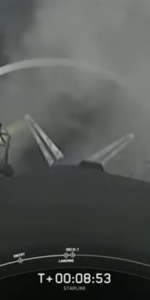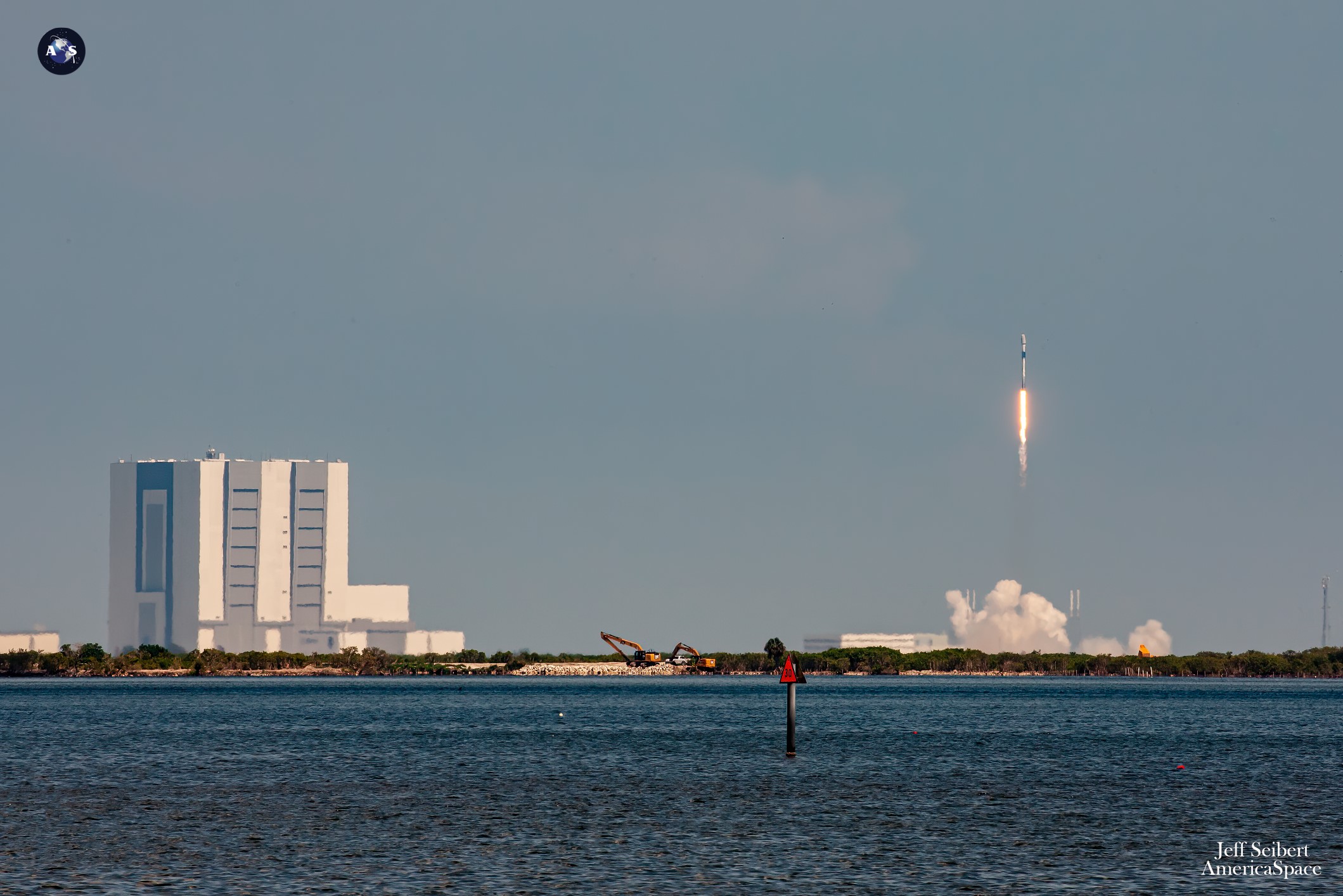
An 11-times-flown Falcon 9 booster is primed to execute SpaceX’s personal-best-beating 60th mission of 2023, perhaps as early as Thursday, to deliver 54 Starlinks into low-Earth orbit, as the total number of these flat-packed internet communications satellites lofted in the last three years passes well north of 3,600. The veteran B1062 core—flying a record-setting eighth time in a single calendar year, more than any other Falcon 9—is slated to rise from storied Space Launch Complex (SLC)-40 at Cape Canaveral Space Force Station, Fla., no sooner than 4:40 a.m. EST Wednesday.
The weather outlook for Wednesday’s opening launch attempt, and also for a backup opportunity on Thursday 29th, looks exceptionally favorable, with barely a 10-percent chance of violating the Cumulus Cloud Rule.
“An upper-level trough currently situated over the western Gulf of Mexico continues to send considerable mid-and-high-level cloudiness northeast across Florida, while at the surface, modified Arctic high pressure results in cold and breezy conditions,” noted the 45th Weather Squadron at Patrick Space Force Base in an update posted on Christmas Day.
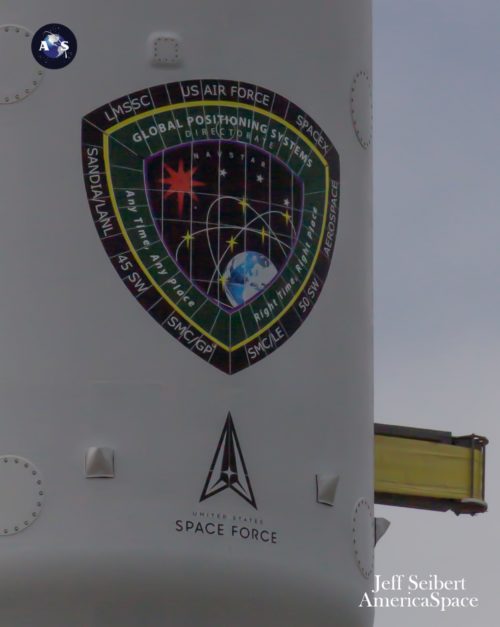
“Over the next few days, this trough will dig south and east, crossing the state on Tuesday and lifting out across the Atlantic by mid-week, while at the surface another high-pressure system spreads across the Southeast U.S.,” it added.
“Moderating temperatures and generally fair weather can be expected as the trough departs, resulting in favorable local conditions for both the primary launch day and the backup opportunity, with only a slim chance of low-topped cumulus clouds interfering with launch attempts either day.”
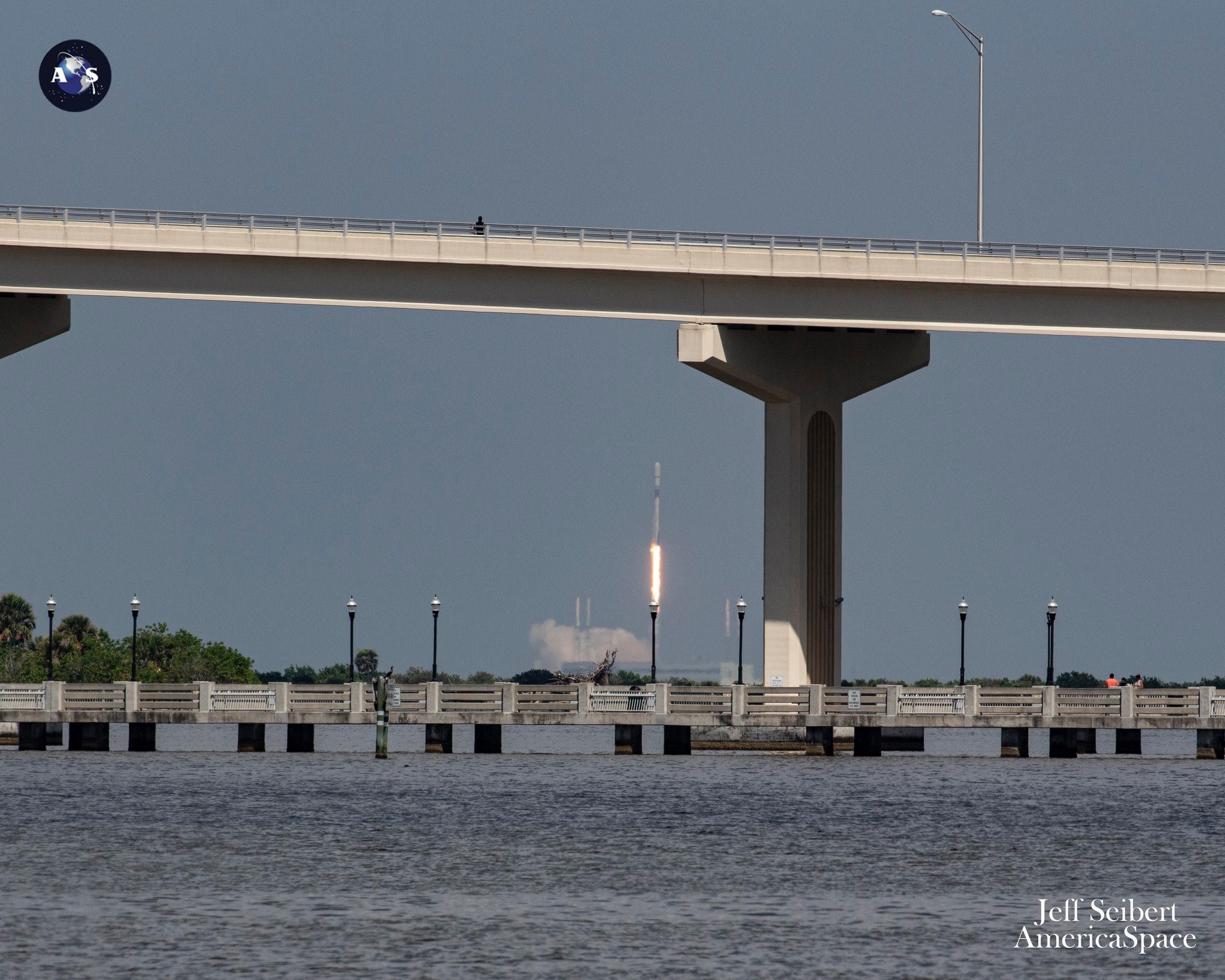
B1062’s year has been a remarkable one, with seven launches and landings already accomplished since January. That smartly surpasses the previous record-holder, the many-times-used B1060 core, which completed six launches in 2021.
B1062 entered service more than two years ago, back in November 2020, when she ferried the fourth Block III Global Positioning System (GPS) navigation and timing satellite on the first leg of its trek to Medium Earth Orbit (MEO). It was a spectacular start to B1062’s career, after a rather inauspicious start.
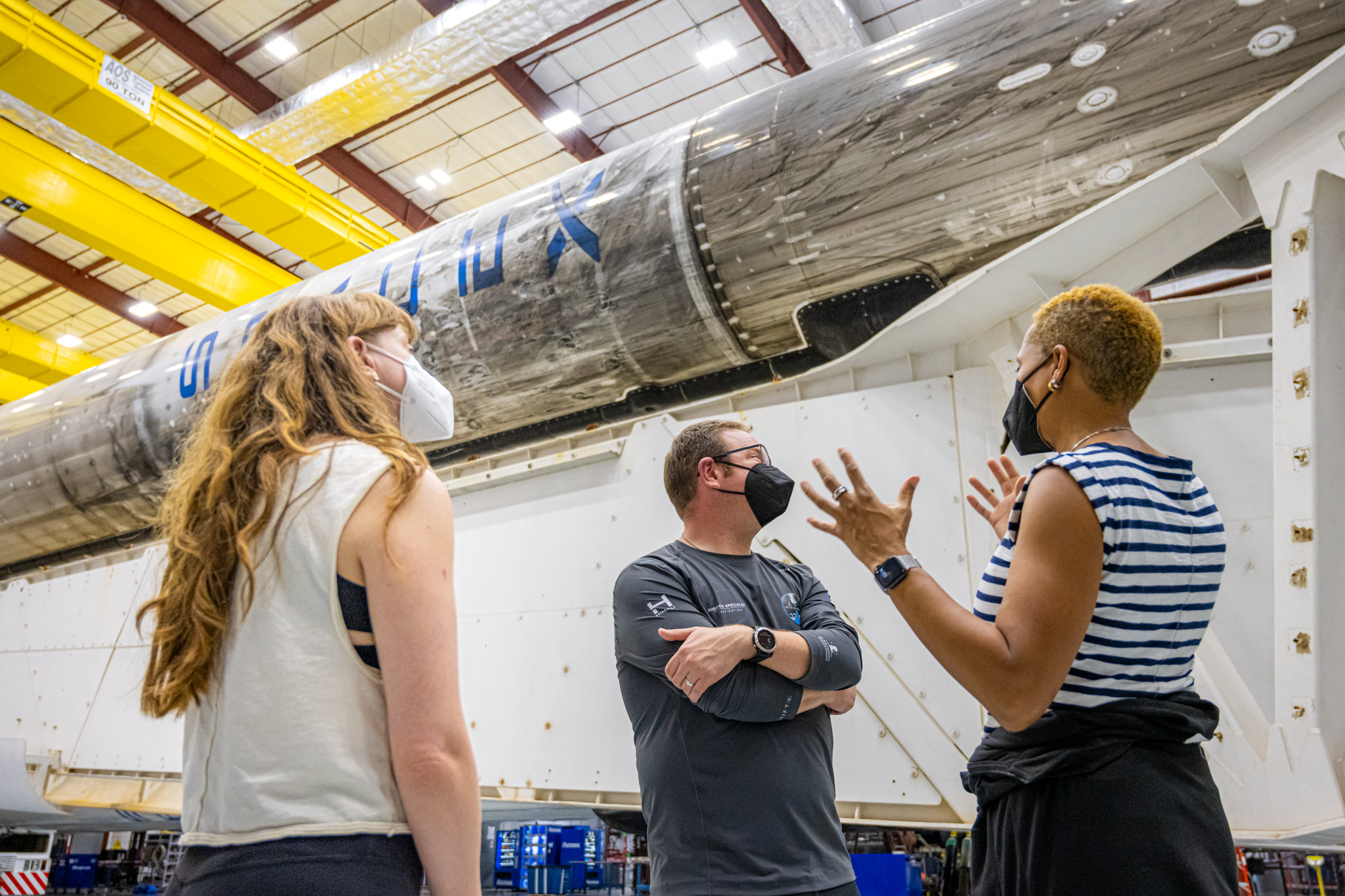
A month before, its launch was dramatically aborted at T-2 seconds, after the firing commands had been transmitted to start the nine Merlin 1D+ first-stage engines. A slight flicker of flame was promptly followed by the ominous silence of shutdown and a dramatic pall of smoke which drifted into the night sky.
“And we have an abort,” came the clipped call from the SpaceX launch announcer. “All engines in standby.”
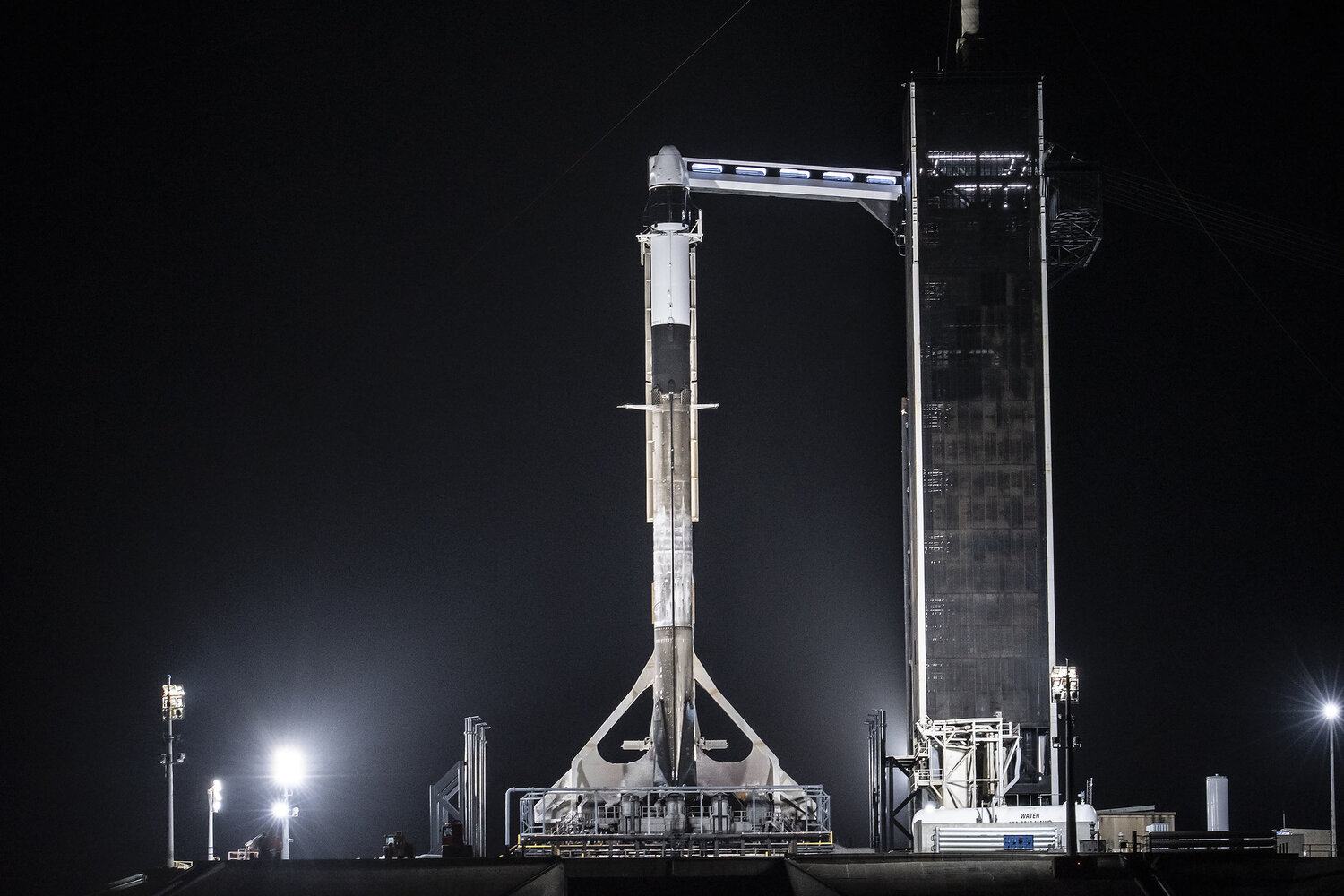
The premature shutdown was later attributed to an “unexpected pressure rise in the turbomachinery gas generator”, according to a tweet posted by Elon Musk. Following a successful Static Fire Test in early November, B1062 took flight successfully on the 5th, kicking off a stellar career which—as of today—has seen her launch to space no fewer than ten times.
Following the GPS III-04 launch, B1062 was pressed rapidly back into service, flying twice in 2021—lifting GPS III-05 to orbit in June and the historic, all-civilian Inspiration4 crew of Shift4Payments billionaire Jared “Rook” Isaacman and crewmates Sian Proctor, Hayley Arceneaux and Chris Sembroski aboard Dragon Resilience the following September—and becoming the first Falcon 9 booster to fly this year. Launched last 6 January, she has now roared skyward seven times in 2022, more than any other Falcon 9 within a single calendar year.
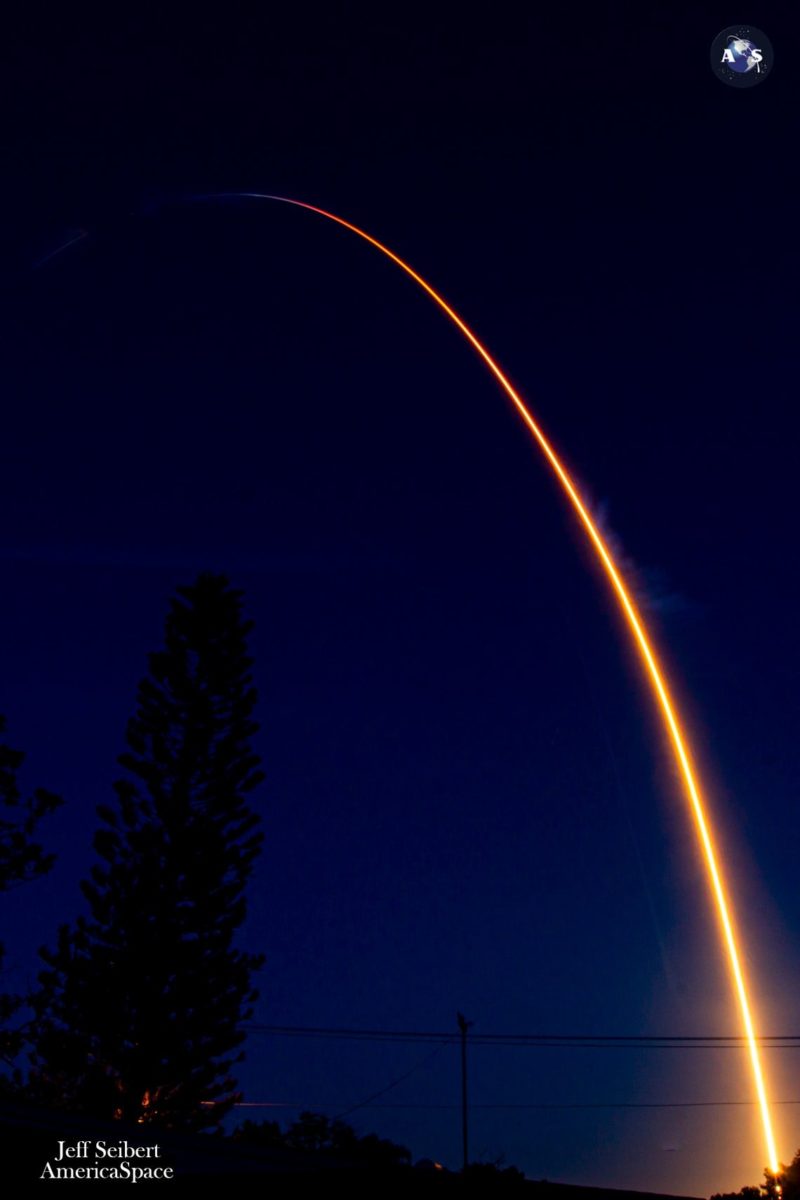
Notably, she flew twice in April alone, establishing a new record of only 21 days between launches by the same orbital-class booster. The first of those launches carried Dragon Endeavour and Ax-1 crewman Mike Lopez-Alegria, Larry Connor, Mark Pathy and Eytan Stibbe on the first leg of their 17-day mission to the ISS, on behalf of Houston, Texas-headquartered AxiomSpace, Inc.
Most recently flown on 20 October, B1062 has now lifted to orbit eight humans, two Block III GPS payloads, over 260 Starlinks and Egypt’s powerful Nilesat-301 geostationary communications satellite. Her ten missions ended with ten on-point touchdowns on the deck of the Autonomous Spaceport Drone Ship (ASDS), five aboard the newest addition to the SpaceX fleet, “A Shortfall of Gravitas” (ASOG).
And ASOG will again be put into service to support tomorrow’s scheduled launch, having put to sea out of Port Canaveral on Christmas Eve, targeting a recovery spot in the Atlantic Ocean. First used in August 2021, ASOG has supported 25 landings by eight boosters, most recently earlier this month.
Aboard B1062 for her year-end mission will be 54 Starlink satellites, adding to the network’s progress as an internet provider on the world stage which has advanced in leaps and bounds in 2022. Notably, this has included emergency provision granted to Ukraine in February and the flight of a pair of FIFA World Cup match balls in October.
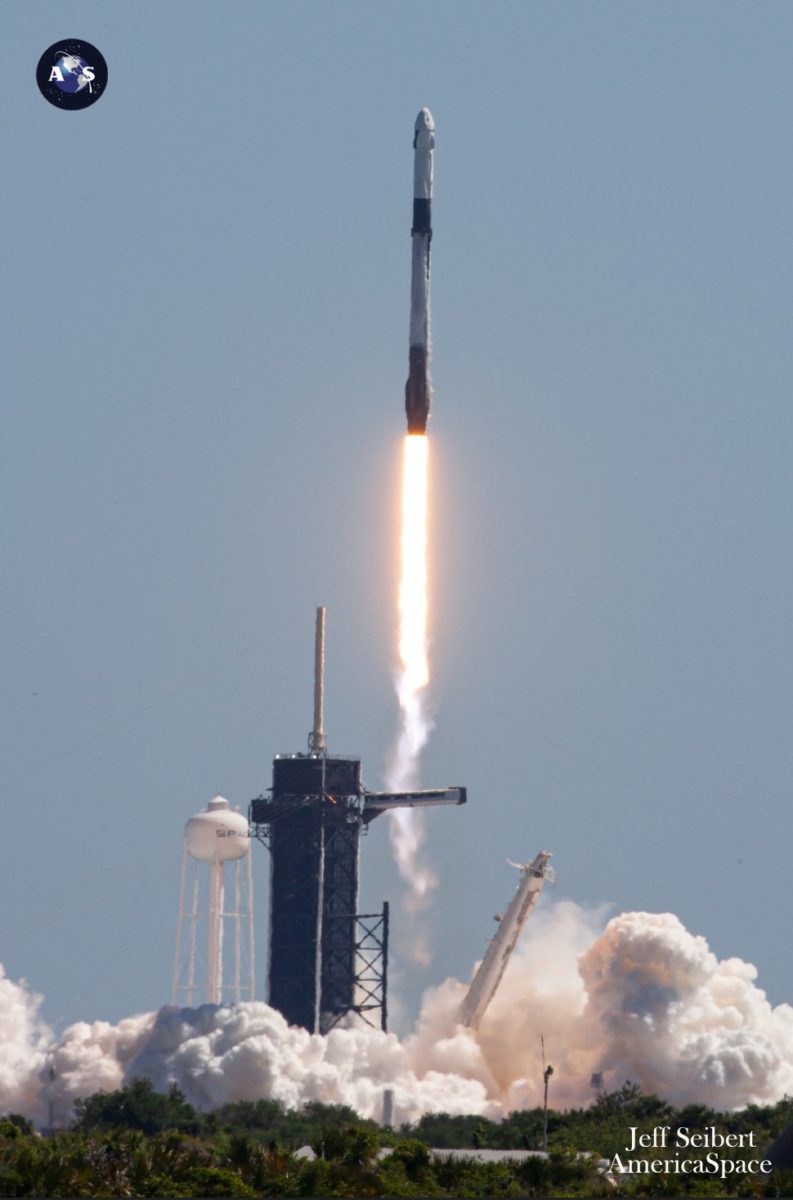
Availability was expanded to include Finland last month. That brings to 45 the total number of sovereign nations and worldwide markets spanning North and South America, Europe, Asia and Oceania to have formally signed up to Starlink since the fall of 2020.
And as 2022 fades towards Saturday’s tolling of the New Year’s Eve midnight bell, Starlink has seen its most ambitious year so far, with 1,668 satellites emplaced into orbit so far by 33 dedicated Falcon 9 missions from either the Cape or Vandenberg Space Force Base, Calif. That is more than double the amount of Starlinks lofted in 2020 and reflects a 70-percent uplift over the total number flown last year.
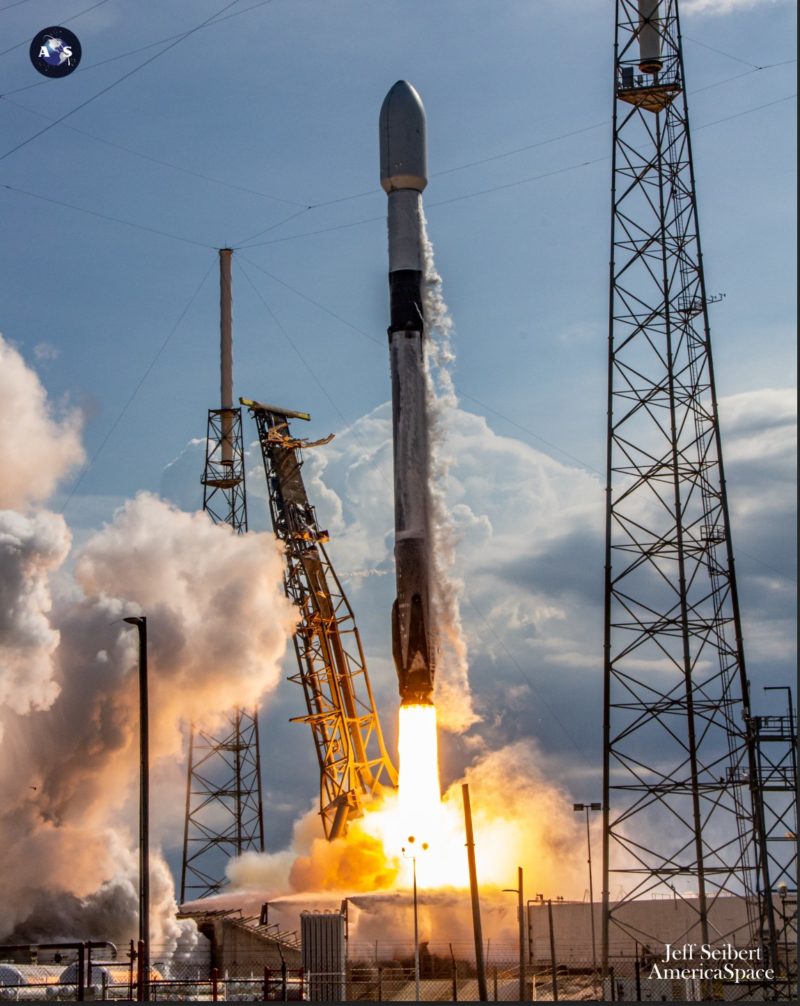
All told, 3,610 production-design Starlinks have been launched since May 2019. Of that number, more than 300 have either failed, decayed from orbit or been intentionally deorbited.
After tomorrow’s scheduled launch from the Cape, one more Falcon 9 flight stands primed to fly from Vandenberg on Friday, laden with the EROS-C3 electro-optical imaging spy satellite for Israel’s Ministry of Defense. Weighing some 880 pounds (400 kilograms), the satellite is reportedly targeted for a 320-mile-high (510-kilometer) orbit, with an anticipated operational lifetime of about a decade.
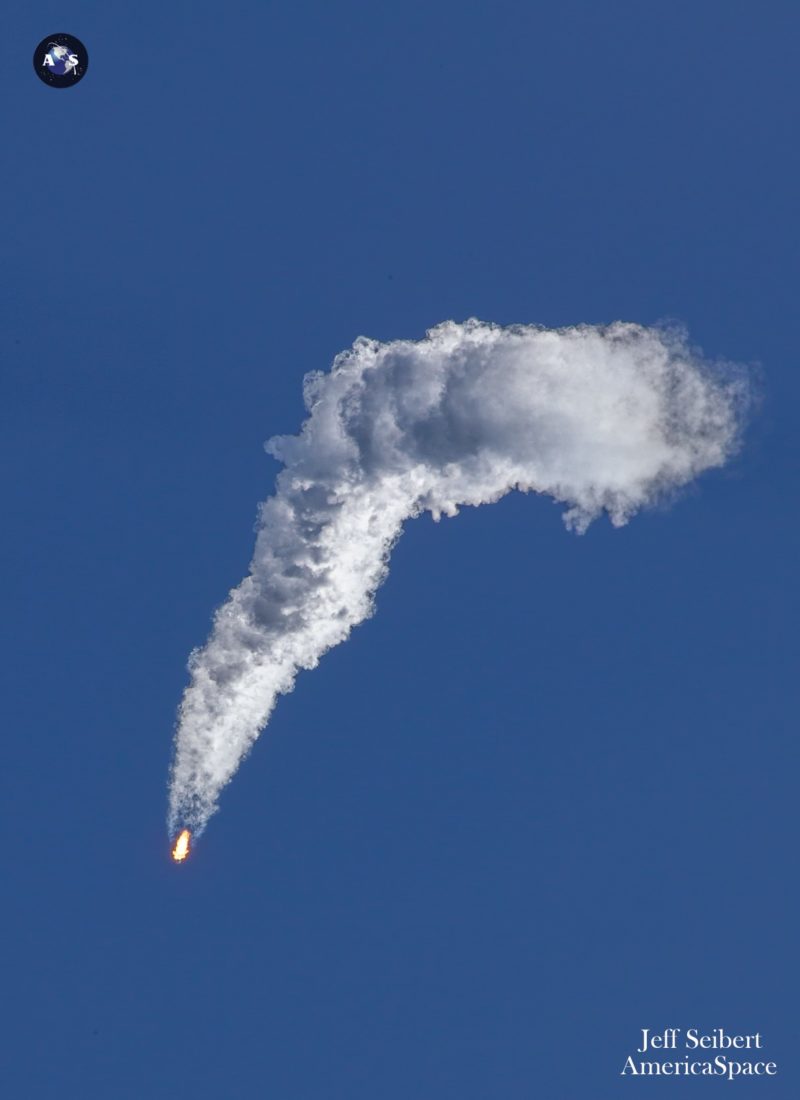
EROS-C3—the acronym denotes “Earth Resources Observation Systems”—carries a camera equipped with Charge Coupled Device/Time Delay Integration (CCD/TDI) sensors and will produce panchromatic imagery at resolutions as fine as 12 inches (30 centimeters) and multispectral imagery down to 24 inches (60 centimeters), with a nadir-pointing ground swath of 7.1 miles (11.5 kilometers). It is expected that the 11-times-flown B1061 Falcon 9 will lift EROS-C3 to orbit from Vandenberg’s Space Launch Complex (SLC)-4E.
Having delivered EROS-C3 on the first leg of its climb to orbit, B1061 will return to alight on solid ground at Landing Zone (LZ)-4. If accomplished successfully, this will mark the second “land” landing of a Falcon 9 at Vandenberg this month and the fourth of December overall.




